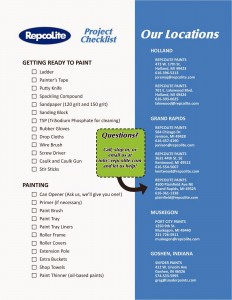 A number of years ago, in the middle of the night, we heard something that sounded like gunshots outside our window. Well, needless to say, the second I heard the “shots”, I hopped out of bed, ready for action. Fight or flight, right?
A number of years ago, in the middle of the night, we heard something that sounded like gunshots outside our window. Well, needless to say, the second I heard the “shots”, I hopped out of bed, ready for action. Fight or flight, right?
Anyway, I was standing there, running through all the potential scenarios in my head when I looked down and realized I was in my underpants.
Well, this wouldn’t do.
See, in all of the scenarios I’d imagined–fighting off burglars, bustling my family to safety amidst a hail of gunfire–in none of them was I dressed in my underpants.
And so I went straight to my dresser and started rummaging around for my jeans.
“What are you doing?” My wife’s whispered voice cut through the darkness.
I could see her sitting in the bed, staring at me. “I’m looking for my jeans.” Duh. I closed the drawer I’d just searched and opened the next one down.
“Why?” her whisper was sharp and cutting, laced with anxiety and a little bit of fear. Gunshots, you know.
“Because I’m in my underpants,” I said without turning around. Time was of the essence. “Do you have any idea where that one faded pair with the hole in the knee is?”
There was a sudden thud on the floor next to me and she said, “There! There’s the pair that was sitting on the nightstand.” Her words were tense, strained.
I picked them up, but they were my fancy jeans. They were stiff and a little uncomfortable. And, like I said, a little too fancy.
“Nah. I want my faded pair.”
There was silence for a second and then her whispers filled the void: “Seriously? You need a specific pair of jeans to go fight off a burglar?”
I just shook my head. She didn’t get it. But everyone knows you can’t fight off a burglar in fancy pants or underpants. You need action pants. It’s really not that complicated.
And that’s when I found them. Relief washed over me. I yanked them out of the drawer and stepped into them, instantly feeling cooler and much more ready for whatever was happening.
Ten minutes later, it was clear that there was no burglar lurking. Nobody shooting. It was just fireworks. It was honestly a bit of a let down.
As I pulled off my action pants and placed them back in my dresser, it hit me that there was a paint point in all of this. I just never knew what it was until now.
See, I’ve been discussing a number of painting tips for the Do-It-Yourselfer on our daily little radio blurbs. (You can click here to listen!) And one of the recommendations I’m making is to dress for the part whenever you paint.
Here’s what I mean:
1. Wear old clothes.
This is a no-brainer. I get that. And yet . . . it happens all the time. We tackle a small project thinking we’ll just be careful. 10 minutes later, we’re standing at the sink doing everything we can to rinse blue paint out of a nice shirt. Or a good pair of shorts. I’ve personally done this countless times and have resigned countless clothing items to the “can’t-wear-that-to-Church-again” bins. Instead of accidentally damaging good, expensive clothing, take the extra few minutes–even if the project is a quick one–to throw on some old clothes.
2. Wear the Right Clothes.
OK. The first recommendation was about wearing old clothes. What I’m talking about here revolves around wearing the right ones. And what I specifically mean is this: pick up a pair of painter’s pants or painter’s shorts at a RepcoLite, Port City Paints, or Snyder Paints store. These things come with extra pockets for putty knives, screwdrivers, brushes and other tools you’ll need when you’re working. If you’ve ever worked through a paint project and spent a fair amount of time running around trying to remember where you set your putty knife down or left your screwdriver, then check these out. They’re not very expensive and they’re definitely worth it if you tackle more than 1 or 2 painting projects in a year.
3. Dress your room appropriately.
Finally, the last tip that’s even remotely connected to my jeans story is this one: dress the room appropriately. And what I mean by this is simple: purchase some dropcloths and use them! Cover your furniture, cover your floors, protect your decor. Sure, it takes a few extra minutes, but the minute that first drip falls from your brush and lands on a plastic sheet instead of your couch, you’ll realize how smart you were!
And there you go. 3 Tips to help you dress for success on your next paint job! Give them a try! And if you have any other great ideas, leave them in the combox!


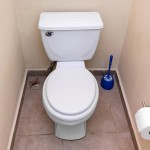
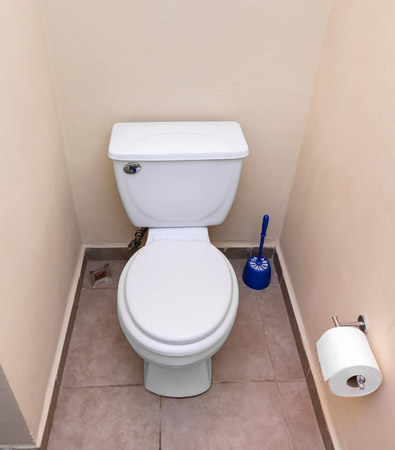 Years ago I tackled a bathroom remodel and in all my wisdom, I pulled the toilet out myself. At 10:30 at night. Before having the kids use it. It was a nightmare.
Years ago I tackled a bathroom remodel and in all my wisdom, I pulled the toilet out myself. At 10:30 at night. Before having the kids use it. It was a nightmare.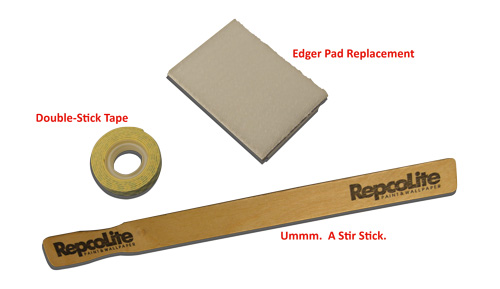
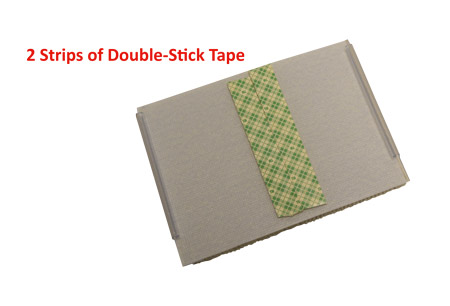
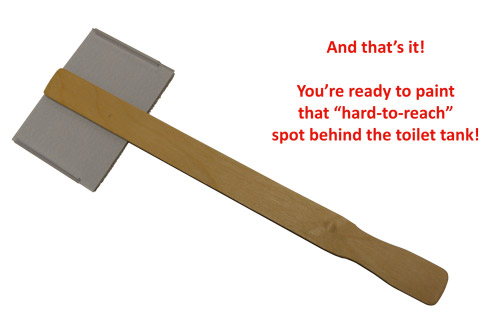


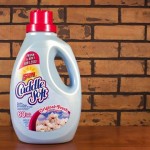
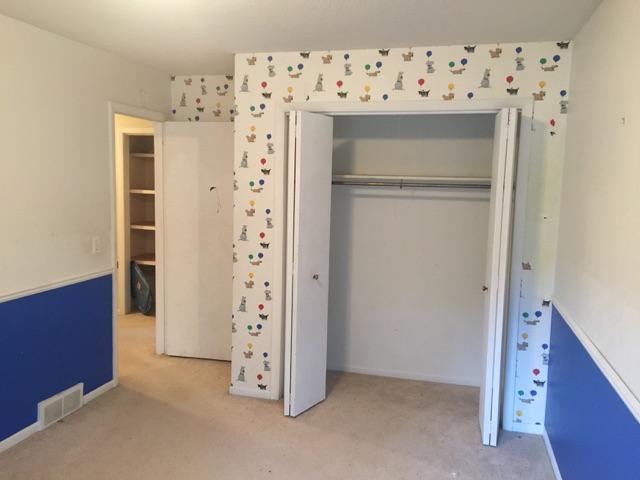

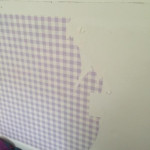
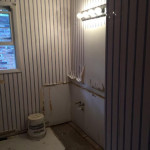
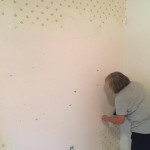


 My family and I just wrapped up another Little League season and among all the wonderful things that baseball season brings into our lives, there’s one thing that I could do without: the Inevitable Forgetting of Important Things.
My family and I just wrapped up another Little League season and among all the wonderful things that baseball season brings into our lives, there’s one thing that I could do without: the Inevitable Forgetting of Important Things.